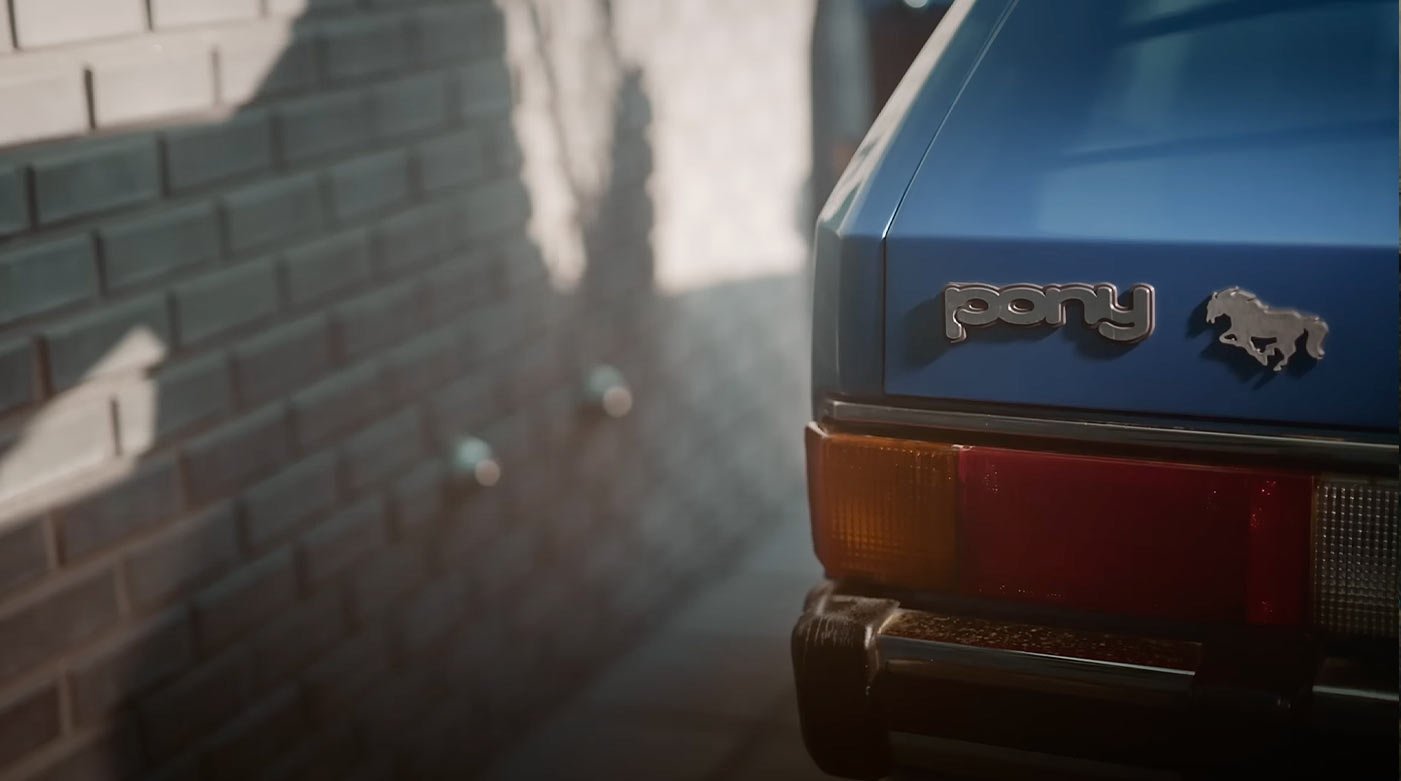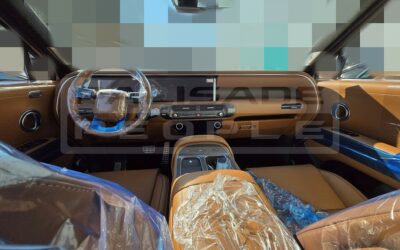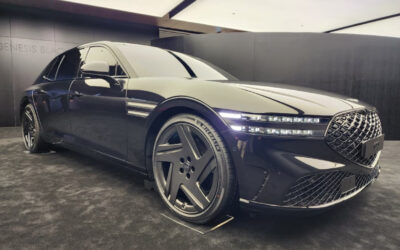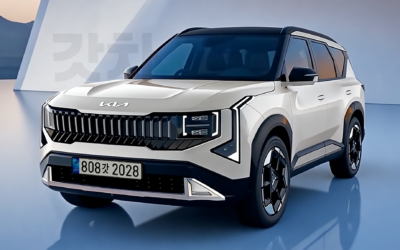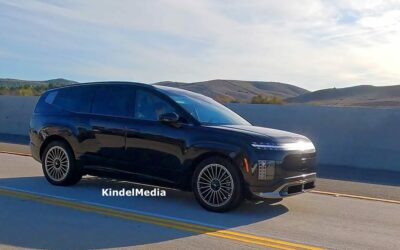Recently Hyundai Motor Group has announced “an extraordinary journey with Hyundai’s PONY Heritage Model as it revives the vintage charm of Seoul in the immersive ZEPETO 3D Avatar Universe.” and today we want to share with you the first chapter in the PONY story.
Chapter 1: The Pony
By 1973, the Korean state-run Economic Planning Board (EPB) had formulated The Long-Term Plan for Promotion of the Automobile Industry. In a policy shift from CKD partnerships, the government mandated Korea’s four leading automobile companies—Hyundai, Daewoo, Kia, and SsangYong—to submit detailed plans to develop a “Korean” car by 1975.
Following similar tactics imposed across business sectors to build an import-substitution economy, the Korean government coerced automakers to embrace the new mandate or face restrictions in their current operations. Hyundai, a strong adherent of the state-corporate alliance, soon submitted a master plan for a new plant with a capacity of 80,000 Korean cars per year.
To meet the challenge, Hyundai approached 26 firms in five countries to acquire the required technologies:
• 10 firms in Japan and Italy for car design
• 4 firms in Japan and the United States for stamping shop equipment
• 5 firms in the United Kingdom and Germany for casting and forging plants
• 2 firms in Japan and U.K. for engines
• 5 U.S. and UK firms for an integrated parts/components plant.
Building first Korean car
As with the company’s entry into shipbuilding and other technology ventures, Hyundai looked to the West for expertise. They soon hired former British Leyland Motor president Sir George Henry Turnbull as their new vice president. Turnbull, in turn, hired five other top British car engineers: Kenneth Barnett for body design, engineers John Simpson and Edward Chapman, John Crosthwaite as chassis engineer, and Peter Slater as chief development engineer.
Turnbull’s exit from his position at British Leyland followed in the wake of the merger/restructuring of BMH and Leyland Motors. As a parting gift, he was, however, allowed any car from the lineup. He left with two Morris Marinas, a sedan and a coupe—cars Turnbull had developed. The Hyundai team used the Marinas as a base to develop the Hyundai Pony. Turnbull also brought with him the vision of using standard chassis to produce varying cars.
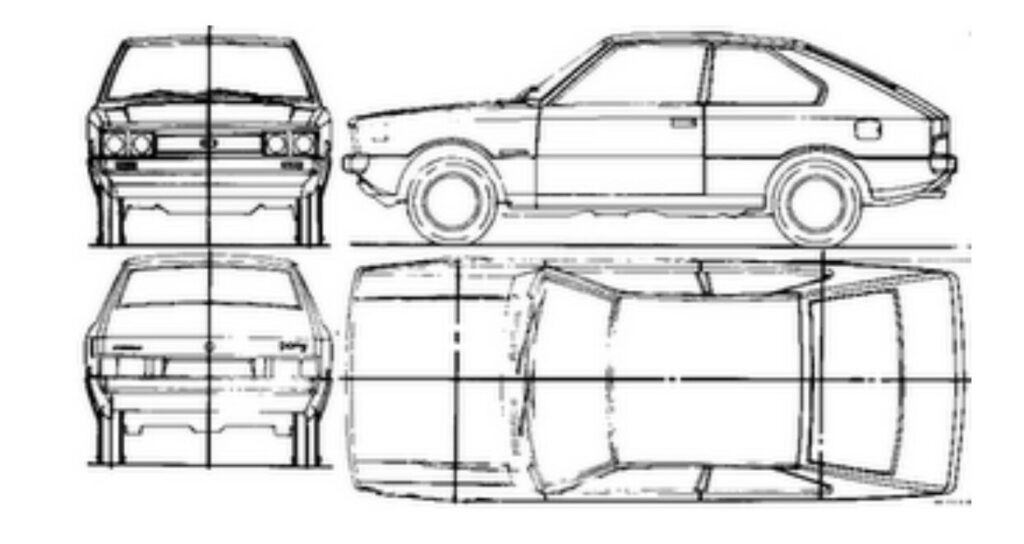
In addition to Turnbull and his engineering team, the exterior design would come from the West with noted craftsman Giorgetto Giugiaro and the ItalDesign studio.
Founded in 1968 by Giugiaro and Aldo Mantovani as Studi Italiani Realizzazione Prototipi S.p.A., the studio would become best known for its automobile design work, along with offering project management, styling, packaging, engineering, modeling, prototyping, and testing services to manufacturers worldwide.
Hyundai’s new Pony was a true collaboration of design, engineering, and production. For example, the engine, transmission, and suspension were all from a previous model of the Mitsubishi Lancer. Mitsubishi Motors supplied the engines in 1200cc and 1400cc sizes. ITAL designed three and five-door (hatchback) body styles to fit on the basic Marina-styled floor pan.
The Hyundai cars borrowed heavily from Cortina design with MacPherson strut front suspension but retained the rear leaf springs. Parts costs were kept low by sourcing locally whenever possible. Parts also came from Hyundai’s Ford Cortina plant supply line. (The Ford relationship had been severed in part due to the government mandate for independent production.)
Hyundai continued its reputation to meet government mandate deadlines and by late 1975 the Pony with 90% domestic content was in production. This made Korea the second nation in Asia, in addition to Japan, to have its own domestic automobile. The car was officially released to the public in January 1976.
The Pony was sold in three-door hatchback, four-door fastback, five-door wagon, and pick-up variants.
George Turnbull continued to serve as a vice president and director of the Hyundai Motor Company until the fall of 1977 when he left to join Iran National Motor Company.
Building on the success of the original 1975 Pony and then an updated 1982 Pony II, by the mid-80s Hyundai was ready to introduce a new front-wheel drive X-1 model. They were also confident enough to tackle the world’s largest car market—the United States. But that’s another story.
Questions? Comments? Just ask…

